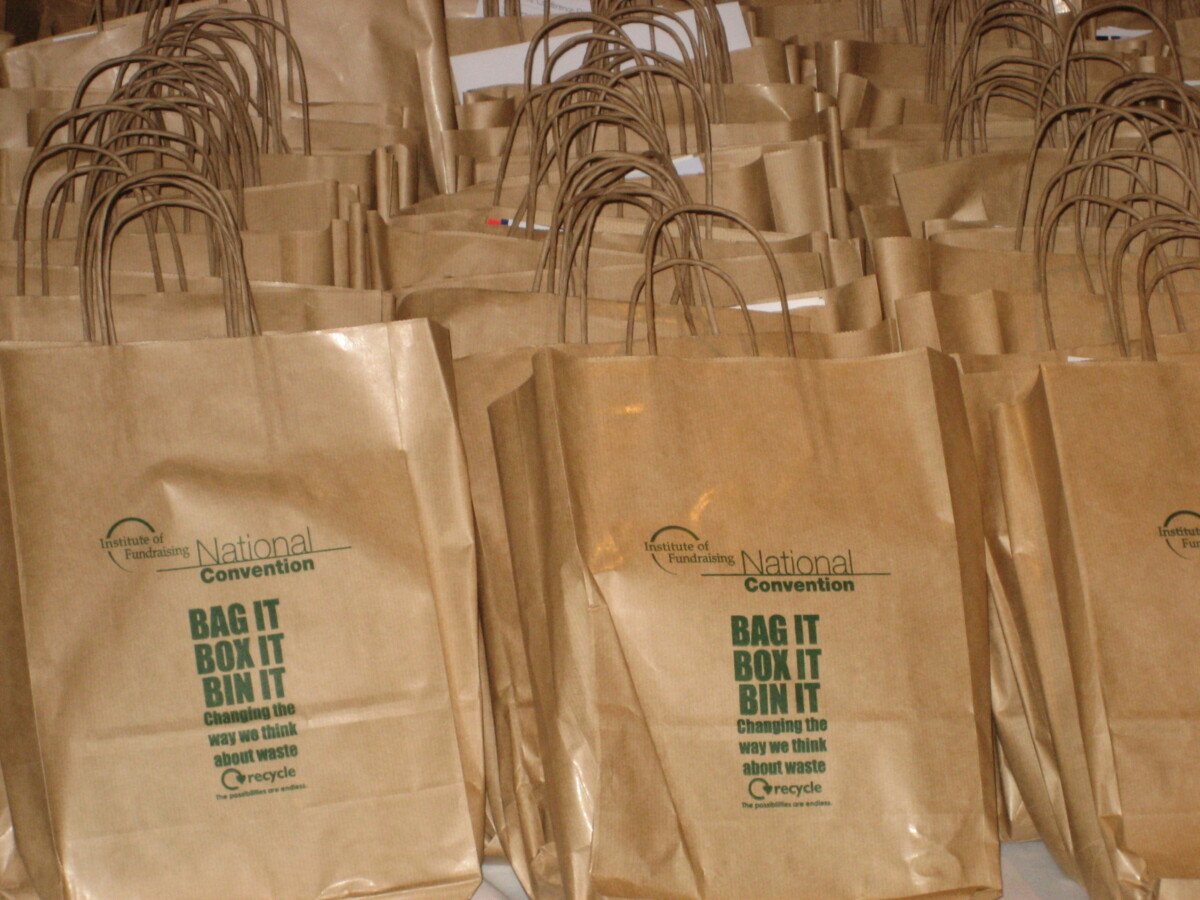Best use of direct mail
For the campaign that demonstrates the best use of direct mail in fundraising. The application can be for affinity building, or for new or current donors and, broadly, should show who the campaign was aimed at, what it intended to communicate, and how effectively it did so.
The Art Fund
Save The Blue Rigi campaign
The Blue Rigi is an important late watercolour by Turner that came up for auction in Spring 2007. The Art Fund, working with Tate had just five weeks to raise £5m to keep the work for the nation.
Working with Bluefrog, the Art Fund developed the mailing campaign within a week, contacting the organisation’s membership through a solus direct mailing for the first time. A target of £200,000 was set based solely on the amount of money the organisation needed (other funding came from NHMF, Tate and the Art Fund reserves), which worked out at a two per cent response at £70 from around 150,000 Art Fund and Tate members.
The DM appeal outer told people there were 47 days to go to save the painting and a postcard reproduction and a great letter made the ask of £84. The appeal raised £412,066, despite having mailed 50,000 fewer prospects than originally budgeted.
Focus groups have since revealed that those who donated have a desire to be more involved in the work of the Art Fund and that crisis messages like these are vital in developing an understanding of the organisation’s work.
Royal National Institute of Blind People
RNIB put together an emergency appeal to ask supporters to sign and return a petition form in support of the charity’s campaign to reverse NICE’s recommendation to only allow new drugs to sufferers of age-related macular degeneration after they had lost the sight of one eye. The original AMD advocacy appeal was intended for active warm supporters of RNIB who traditionally respond well to direct mail. This second appeal was sent to the same audience but had an additional requirement for a signature, so dm was the most appropriate medium. Targets for the original appeal were 12.7 per cent response overall, projected revenue of £116,830 and an RoI of 2.99:1. The emergency appeal had no set targets. The original appeal achieved 14.6 per cent overall response with a 17 per cent higher average gift. The emergency follow up, sent to the same file, achieved a response rate of 14.65 per cent and income of £176,000. In addition more than 13,000 signatures were delivered to NICE, and resulted in NICE withdrawing the recommendations for further review.
The Woodland Trust
Brede High Woods Appeal
This appeal needed to raise maximum funds to acquire Brede High Woods in East Sussex and to help drive traffic to the Woodland Trust website to watch a specially-made video. It was produced entirely in-house and the pack was sent to 162,000 warm supporters in June 2007. All paper used was 100 per cent recycled and care was taken with layout to ensure little wastage in production. A further appeal mailing to 75,000 supporters on August used a different creative and included two postcards for people to send to friends to help promote the campaign.
The initial target was £750,000, but after a grant application was unsuccessful this was raised to £1.15m.
The letter used a familiar format and copy emphasised urgency, accompanied by eye-catching images and easy-to-read sections. The donation form was easy to read and a Freepost BRE was provided to make sending a donation as easy as possible.
Combined income was £1.28m, making it the Trust’s most successful ever appeal. £42,000 of donations were made online by almost 1,000 supporters – a big increase on usual appeals.



